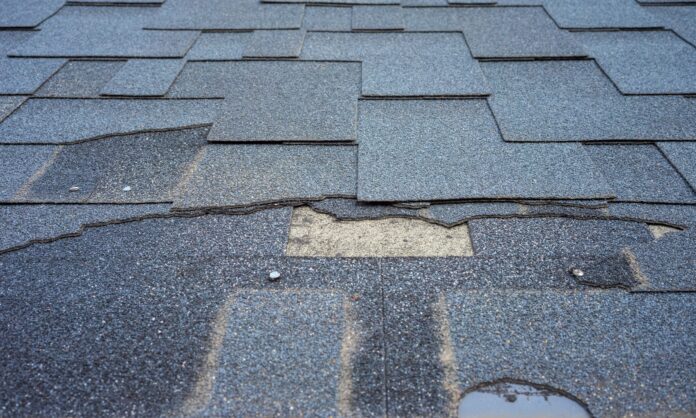Your roof could have damages or other problems that you’re unaware of, and the only way to identify these problems is to inspect your roof. If you choose to inspect your roof yourself, you’ll want to exercise caution and educate yourself on what to look for so that you can check your entire roof thoroughly. You’ll get a better understanding of your roof’s overall condition if you check for these six things during the inspection.
Flashings
The flashings are the metal pieces that are located around your chimney, vents, and other adjoining structures. Any damage or rust on your flashings will make your home more vulnerable to water leaks. Any missing flashings should be replaced as soon as possible. Without critical flashings, you could be looking at leakage and possible rot.
Gutters
The gutters that are attached to your roof are responsible for keeping the area near your home’s foundation dry to prevent damage, so you should make sure that they are in good condition when you check your roof. Any damaged or detached gutters will need to be fixed right away to prevent further problems.
If you see any asphalt granules in your gutters, sections of your roof could be deteriorating. In that case, you would want to contact a roofing company as soon as possible. Even if the damage is not extreme, it would still be a good idea to have your roof checked.
Cracks or Holes
Cracks or holes can form in your roof because of old age, storm damage, or even pest problems. These openings can allow water to leak through your roof and into your attic or other upper sections of your home. A roof replacement may be needed if the cracks or holes are especially large or widespread.
Soft or Spongy Spots
Your roof should feel solid and sturdy when you’re walking across it. If you feel as though you’re walking on soft or spongy sections, water may have weakened the decking that’s beneath your roof’s outer surface. If you notice any soft spots on your roof, you should get off the roof and contact a professional. Soft spots can turn into holes at a moment’s notice, so be cautious.
Note too, that a soft spot could indicate water damage. And that water damage will only get worse and worse. Over time, you could deal with a collapse or other problems. So pay close attention to the sturdiness of your roof.
Missing Shingles
If your roof has shingles, you should look for any missing shingles that may have been blown away by the wind or fallen off because of old age. Water could leak through the areas with missing shingles and damage the underlying roof layers as well as the inside of your home. So be sure to look carefully at the pattern of your roof shingles.
Microbial Growth
Some mold, moss, and mildew growth on your roof is expected, but excessive microbial growth could have damaging effects. You should also look for algae growth, as this could also be problematic for your roof. Excessive microbial growth can often be removed with power washing tools that a roofing professional uses. Keeping a good eye out for discoloration could help you avoid any costly repairs.
A roof inspection can let you know whether further action must be taken to keep your roof intact. Try to inspect your roof regularly to stay apprised of any issues you may encounter. If you discover any problems during the inspection, roofing experts should be hired to fix your roof the right way. Just be sure to take notes, and pictures if needed, during your inspection.















